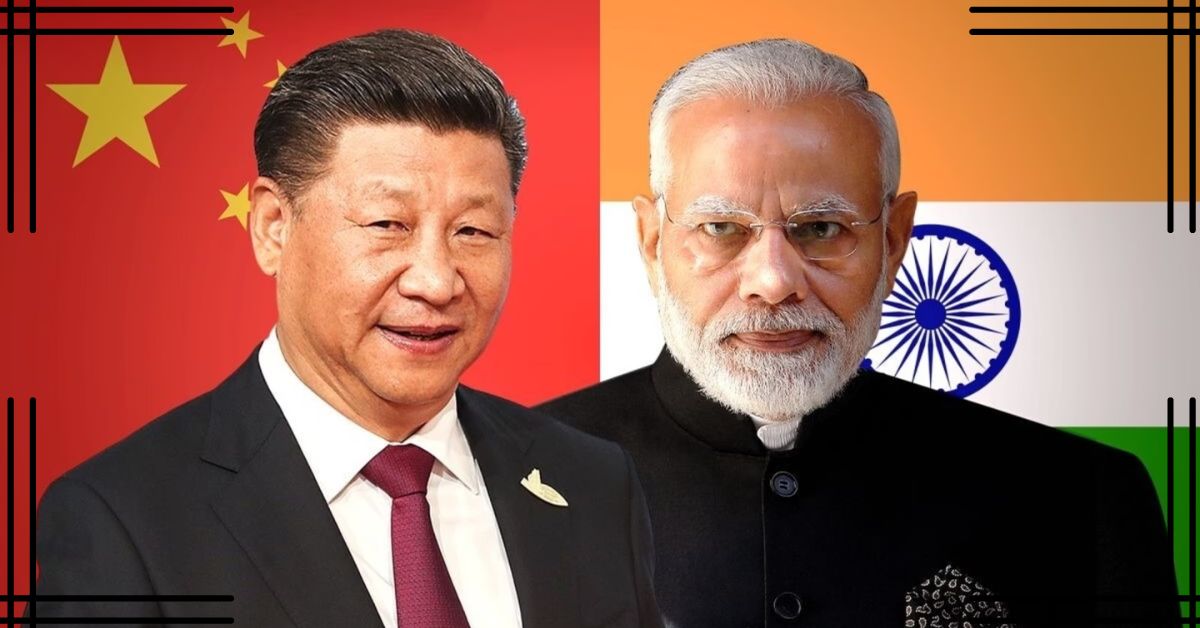The recent meeting between Prime Minister Narendra Modi and Chinese President Xi Jinping on the sidelines of the G20 summit in Bali has raised hopes of a possible breakthrough in the long-standing border standoff between the two countries.
However, the Chinese interpretation of the informal chat over the dinner table does not wash with the South Block, which maintains that peace and tranquility along the Line of Actual Control (LAC) is essential for normal ties with China.
Modi and Xi’s Discussion
According to the Ministry of External Affairs (MEA), PM Modi and President Xi exchanged pleasantries and discussed the necessity of stabilizing their bilateral relations at the conclusion of the dinner hosted by the Indonesian President.
The MEA spokesperson Arindam Bagchi said that India’s consistent stance has been that resolving the issue along the LAC and restoring peace and tranquility in the border areas is crucial for the overall development of ties.
However, the Chinese foreign ministry gave a different readout of the meeting, claiming that PM Modi and President Xi reached an “important consensus” on stabilizing bilateral relations during their interaction at the G20 summit:
The Chinese interpretation of PM Narendra Modi’s informal polite chat with President Xi Jinping over the #G20 Bali summit dinner table does not wash with the South Block
(Shishir Gupta reports)https://t.co/VqTmpSqWRM
— Hindustan Times (@htTweets) July 29, 2023
The Chinese side said that both leaders agreed to “properly handle” their differences, “avoid misunderstandings and misjudgments,” and “enhance mutual trust and cooperation.”
The Chinese side also said that both leaders reaffirmed their commitment to implementing the consensus reached at their previous informal summits in Wuhan and Chennai.
Also, read:
- Alia to Take Sister Pooja Bhatt Out of Bigg Boss OTT 2: Speculations and Reactions!!
- Bigg Boss OTT 2 Extended: More Weeks of Drama and Twists Await!!
A Gap Between The Two Sides
The gap between the Indian and Chinese narratives reflects the divergent positions and expectations of the two sides on the border issue.
While India wants a speedy and complete disengagement of troops from all friction points along the LAC, China wants to maintain the status quo and drag on the talks without making any concessions.
China also wants India to accept its claims on disputed areas, such as Depsang and Demchok, as part of a package deal.
India has rejected China’s demand for a “package solution” and insisted on a step-by-step approach to resolve each sector of the border dispute.
India has also made it clear that it will not compromise on its territorial integrity and sovereignty and will continue strengthening its defense capabilities along the border.
China, on the other hand, wants India to agree to a “consensus” on its terms, which includes respecting China’s “core interests” and “major concerns,” such as Tibet, Taiwan, Hong Kong, Xinjiang, and the South China Sea.
China also wants India to refrain from joining any anti-China alliances or initiatives, such as Quad or AUKUS, and to cooperate with China on regional and global issues.
Prospects for The Breakthrough
The prospects for a breakthrough in the border standoff remain bleak, as neither side is willing to budge from its position.
The talks between the two sides have reached a stalemate, with no progress made in the last few military and diplomatic dialogue rounds. The trust deficit between the two sides has also deepened, especially after the violent clash in Galwan Valley in June 2020 that resulted in casualties.
However, both sides have shown restraint and pragmatism in managing their differences and avoiding escalation or confrontation.
Both sides have maintained communication channels at various levels, including their top leaders, foreign ministers, national security advisers, and military commanders.
Both sides have also agreed to abide by existing agreements and protocols on border management and confidence-building measures.
Therefore, while a lasting solution to the border dispute may not be in sight anytime soon, both sides may be able to prevent further deterioration of their relations by maintaining dialogue and stability along the LAC.
Breaking news headlines:
- Kerala: Bike Hits 2 Girl Students Crossing Road In Muvattupuzha; One Dead!!
- Maharashtra: 2 Buses Collide In Buldhana District,6 Die,21 Injured!!!
Conclusion
The meeting between PM Modi and President Xi at the G20 summit in Bali allowed both sides to exchange views on their bilateral relations and regional and global issues.
However, it did not result in any breakthrough or consensus on resolving their border standoff, which remains a significant obstacle to normalizing their ties.
Both sides have different interpretations and expectations of their informal chat over the dinner table, which reflect their divergent positions and interests on the border issue.
While both sides have shown some restraint and pragmatism in managing their differences, they must also show more flexibility and sincerity in finding a mutually acceptable solution to their border dispute.


